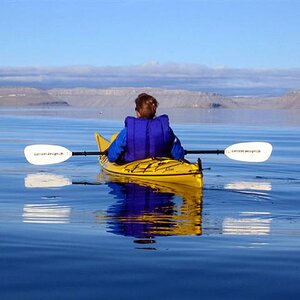nerwin
Been spending a lot of time on here!
- Joined
- Jan 31, 2015
- Messages
- 3,808
- Reaction score
- 2,110
- Location
- Vermont
- Website
- nickerwin.com
- Can others edit my Photos
- Photos OK to edit
So you can see the individual pixels and make sure they are tack sharp.
Lol
I like what a lot of you guys have said about it being obsolete when your creativity is limited or you can no longer do what you want with it. I feel that in some ways I've hit that point with the D7k and in other ways I haven't. Low light performance sucks massive rocks, but overall the camera still offers pretty sharp shots with the right lenses. That said, it would be really nice to have that extra "wiggle room" a higher-rez sensor would provide.
I used my D7000 so much that the buttons literally started falling off. Haha.
I thought the low-light performance was really good.


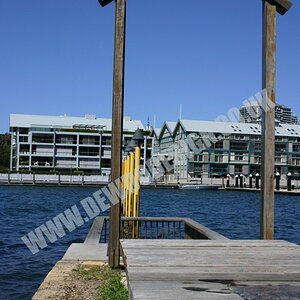
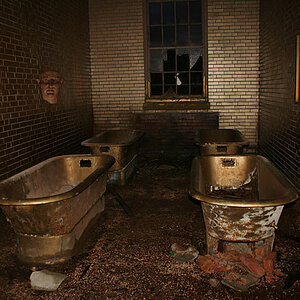
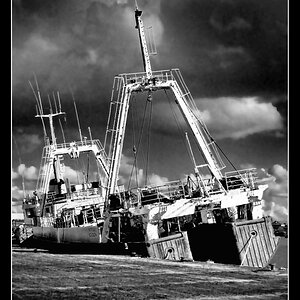
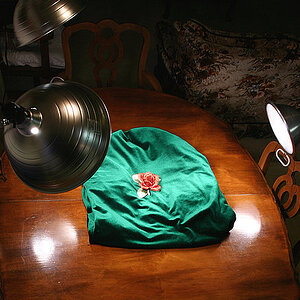

![[No title]](/data/xfmg/thumbnail/37/37095-648a4e65f10e6fdeeb231be5ed8c3152.jpg?1619737881)
![[No title]](/data/xfmg/thumbnail/42/42230-fa8ace50a80342c7d91db1431f911bab.jpg?1619740048)
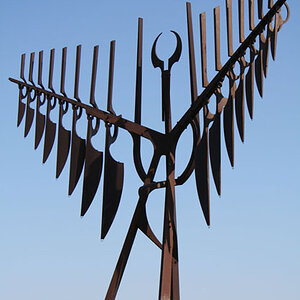
![[No title]](/data/xfmg/thumbnail/30/30994-49c5521f7b5b417f49dcd43891cbec27.jpg?1619734557)


